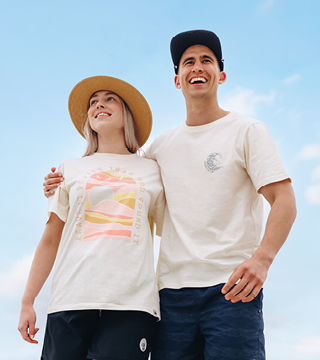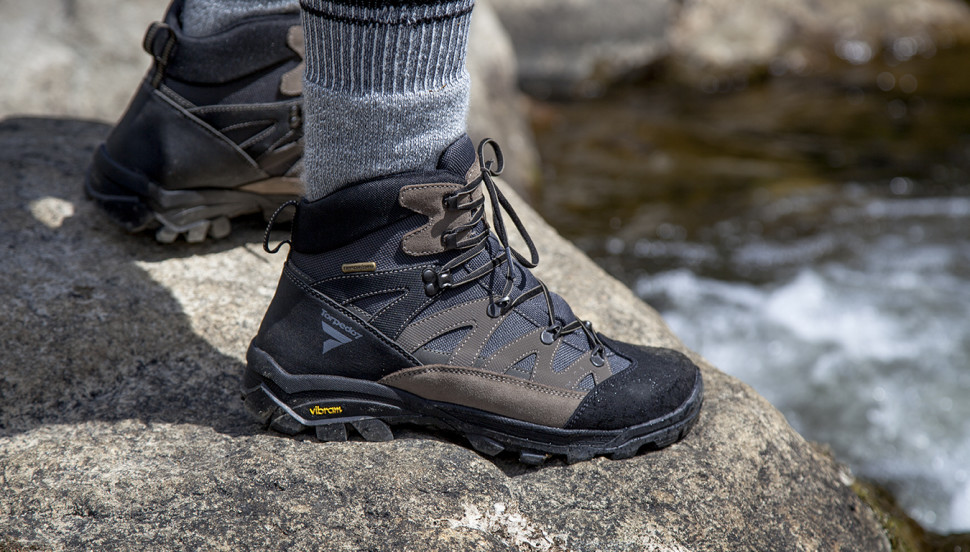With over a quarter of the body’s bones located in your feet, not to mention numerous muscles, ligaments and joints it’s important to ensure that you get the right hiking boots to fit your feet. There’s nothing worse than being sore, tired and blistered, especially when these things can be mitigated by getting the right footwear.
Before even looking at the boots it’s vital to get a gauge on your individual foot type and sizing requirements. Everyone’s feet are different, some people have wide feet, some people have narrow feet, some people have high arches, some people have low arches. Every boot is subtly different and it’s about matching up your personal foot type to the correct pair of boots.
Knowing the right size is also extremely important. There are a lot of different sizing scales so a good idea is to get both your feet properly measured on a ‘Brannock’ device. This will not only measure the length of your feet, but also give you information on the width and the length of your arch. It’s important to get both feet measured as it is extremely common to have one foot longer than the other.
Now that we have the basic information it’s time to look at the boots. At Torpedo7 we stock a range of boots for different activities and conditions. It’s important to know what type of hiking you intend to do so you can get the maximum level of comfort and support for your particular activity. Our staff can also measure your feet correctly to help ensure the correct size.
Hiking shoes are low cut around the ankle, generally lightweight and have flexible soles. Often available in either full leather or with a combination of leather/synthetic leather with a nylon mesh upper. We recommend hiking shoes for day hikes and where the terrain isn’t overly difficult. Tip – Stick with full leather options if you’re heading somewhere cold and wet, also look out for options with a waterproof lining. Tip – Nylon Mesh uppers are great for hiking in the warmer temperatures as the shoe will offer a lot more breathability and be much lighter in weight.
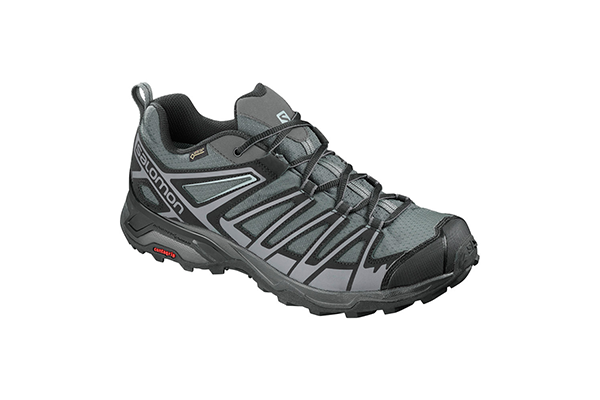
Salomon X Ultra 3 Prime Gore-Tex Trail Shoes
Hiking boots are available in either a mid cut or high cut option. These are generally available in either full leather or with a combination of leather/synthetic leather with a nylon mesh upper. A little bit heavier than a hiking shoe, the main benefit is the higher cut around the ankle which can offer a little bit more ankle support along with helping to keep water and debris from getting inside the boot. We recommend hiking boots for day and multi day hikes, as they are designed for carrying light loads and where the terrain is moderately difficult. Tip – The extra level of ankle support provided by a mid-cut compared to a high-cut is minimal. Go with the option that feels the most comfortable on your feet.
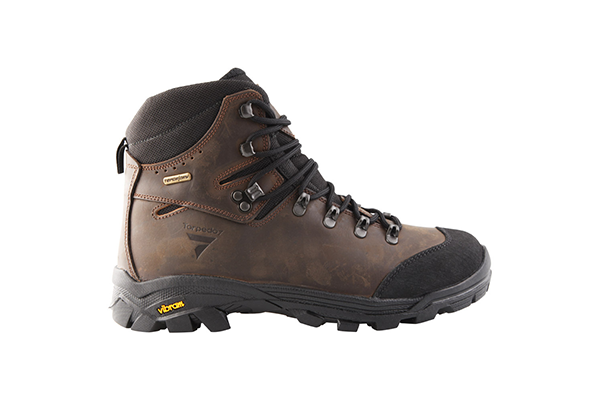
Torpedo7 Routeburn Vibram Ortholite Hiking Boots
Backpacking Boots:
Backpacking boots are designed to carry heavier loads. Most will be high cut around the ankle to provide maximum support and will generally only be available with a full leather upper. They will have a much stiffer sole and are suitable for multi day hikes on difficult terrain. Tip – Look for a boot with a rubberised rand around the forefoot. A rand is a piece of protective material that helps with the durability of the boot. It helps to prevent sharp objects from penetrating through the upper and will stop you from stubbing your toes. Great if you intend on negotiating scree slops.
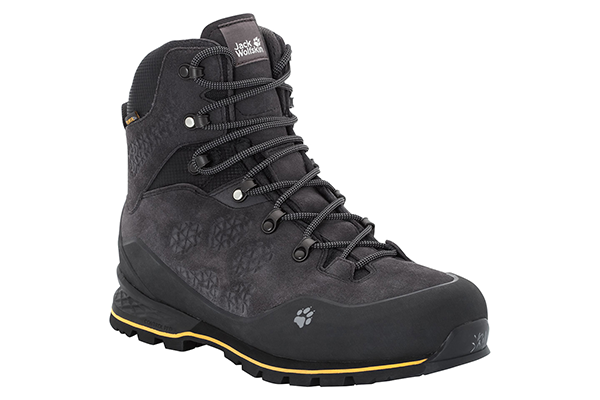
Jack Wolfskin Wilderness Texapore Mid
Mountaineering Boots:
Mountaineering boots are much heavier and have very stiff soles. They are designed to accommodate heavy loads and will usually accept crampons. Mountaineering boots are extremely supportive, tough and durable. Like the name suggests Mountaineering boots are recommended for serious hiking on extremely difficult terrain. Tip – If you already own crampons and intend on using them, bring them with you to ensure they fit correctly. Boot and crampon capability is essential for performance and safety. As there are 3 main types of crampons – strap on, step in and hybrid, your boot type ultimately determines what options you have available.
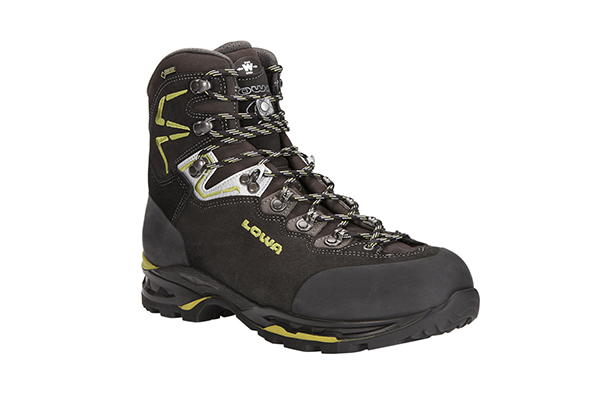
Lowa Gore-Tex Ticam II WXL Boots
Trail running shoes are a great option for those looking for a lightweight, cushioned shoe for short distance day hikes and multi day hikes on relatively easy terrain. They’re also great for travellers as they will be much easier to carry. Trail running shoes are still very stable, provide great traction and as they will all have a nylon mesh upper, they will provide great breathability and flexibility. Tip –Look for a trail running shoe with multi directional lugs on the sole. This means that the sole will provide grip whilst going uphill and downhill.
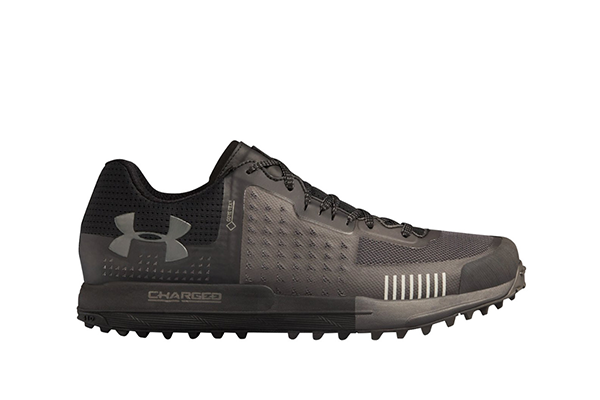
Under Armour Horizon RTT GTX
Technical hiking socks will make a huge difference to your comfort levels. Technical means that the socks are engineered to fit on your feet properly without bunching or twisting. They also provide minimal seams to prevent irritating your feet. At Torpedo7 we always recommend socks with extra padding to protect the skin and fatty pads on the soles of your feet. Some hiking socks will also have padding through the instep and lower leg to prevent irritation from the pressure of the laces. Also, always stick with a sock with moisture wicking materials. This will help to prevent shear forces inside the boot which will drastically reduce your chances of getting blisters. Technical hiking socks come in specific sizes so it’s critical to know your correct size.
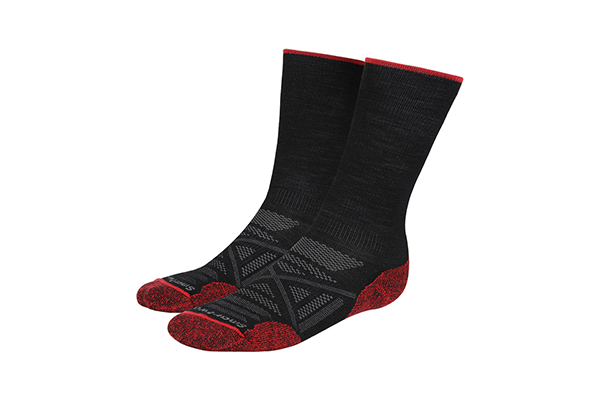
Smartwool PhD Outdoor Light Crew Socks
Other Fitting Tips:
Length:
Always check the length of the boot when standing up, as it’s important to have your full weight on the foot. Make sure the boots are laced up properly and that your foot is secure in the heel. Torpedo7 recommends one thumb width between your longest toe and the end of the boot. Tip – If the upper is too firm and you can’t check for your toe, pull the insole out of the boot and lay your foot over the top. Again when standing, you should have a thumbs width of space.
Width:
Your feet should feel snug in a new boot, not tight. We recommend testing the width of the boot by running your thumb across the top of the boot around the forefoot area. There should be a slight ripple in the material. If you can grab or pinch the upper between your fingers, it’s a good sign the boot is too wide or deep for your feet. Tip – The width and depth can be altered with cushioned socks and insoles.
Orthotics:
If you wear orthotics make sure you bring them along to ensure the correct boot fit. You generally don’t have to alter the size as most boots will have an insole you can replace.
Socks:
Proper hiking socks can make a huge difference to your comfort levels. Ideally bring along the socks you plan on wearing. The staff at Torpedo7 can advise you on the correct socks for your activity.
Comfort:
Ultimately the decision is in your hands. Hiking boots should feel comfortable straight away. Yes the boots will soften and stretch a little bit, but don’t rely on that happening for them to become comfortable. The majority of boots these days don’t need to be ‘worn in’ however at Torpedo7 we always advise wearing new boots before heading away on your next adventure to ensure ultimate comfort.


